Securing Your First Customers: Pathway to Early Success
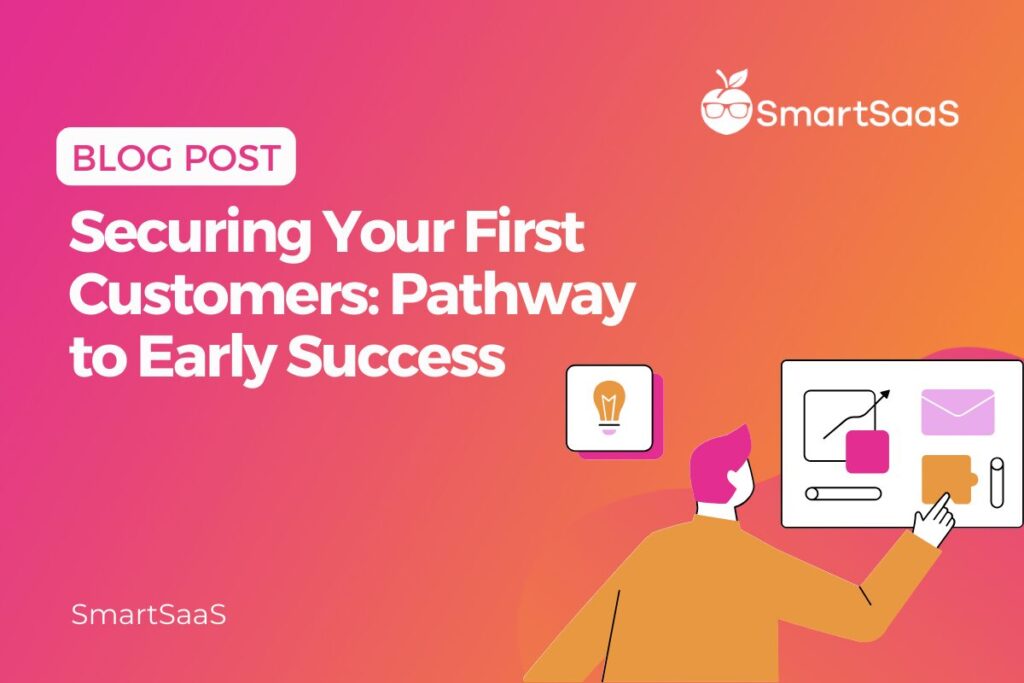
Once you have finished customer discovery and built your MVP, it’s time to close your first few customers. Every single person at your company, from sales to product to operations needs become focused on this goal. It’s a crucial step as it will be the first indication of product-market fit.
So, what strategies should you use to break through the barriers of market anonymity and attract those first essential customers? Read more to find out.
Start with the Basics
Landing your first customers is not just about making a few initial sales—it’s about affirming your market position, refining your offering, and setting the pace for sustainable growth. Here’s a look at the steps you need to take to land your first customers and make them successful so that you can set yourself up for long-term success.
1. Establish First Goals
It is critical to set clear, attainable goals. We reccommend the goal of closing 5-10 customers — not only is it realistic, but it also ensures you can deeply engage with each customer, understanding their experiences and gathering rich feedback without being overwhelmed. It’s these early adopters who will provide the critical user insights that can shape your product’s future.
We also recommend setting a goal of 90% conversion – in other words, converting 90% of those 5-10 customers to paid users. Achieving this goal signals product-market fit—a clear indication that your product fills a vital gap for your customers.
2. Define What Success Looks Like for Those Customers
Success for your early customers depends on their unique needs and pain points. The key is to not only understand these outcomes but to bake them into your product. This might mean customizing the onboarding process for each customer, setting up key performance indicators (KPIs) specific to their goals, or personalizing the customer service experience.
To truly define success, you need to establish a feedback loop that continuously refines these success parameters. Use every interaction to better understand and define what success means for your customers and ensure that your product is a catalyst in achieving that success.
3. Make Them “Successful” at All Costs!
Once someone agrees to use your product, your entire team needs to be focused on making them successful above all else. This stage is about customer success, which goes beyond customer service. It’s an ethos that places the achievement of customer goals at the center of the entire company. It could involve deploying customer success managers to work alongside your customers, developing robust support documentation, or creating training modules that help customers maximize the use of your product.
Making your customers successful is a proactive mission—it’s about anticipating challenges and providing solutions before they even become issues. This level of dedication can transform satisfied customers into loyal advocates for your brand.
4. Interview Every Single Customer
For the first 5-10 customers, you want to deeply understand them – why did they buy? what will make them stay? how well does your product solve their problem? These interviews are an opportunity to dig deep into the customer’s experience—to understand the ‘whys’ behind their actions and the impact of your product on their daily workflows.
Structured interviews can reveal patterns in customer behavior, preferences, and expectations. Use this qualitative data to build personas, craft case studies, and tailor your marketing efforts. It’s not just about collecting testimonials; it’s about harnessing stories that resonate with potential customers.
5. Product Should Listen to Every Call
The last step is about closing the feedback loop between your customers and your product team. It’s crucial for those designing and iterating on the product to hear first-hand the challenges and praises from customers. This direct feedback is invaluable for making data-driven decisions that refine the product’s feature set, interface, and overall user experience.
Product teams that are in sync with customer feedback can move quickly to address pain points and seize opportunities, staying ahead of the competition and continually increasing the product’s value proposition
You Might Be Interested In This Blog Post: The 5 Key Stages of a Startup’s Journey: A Comprehensive Guide
To Wrap Up
These initial users are not just customers; they are the early adopters who will champion your product, provide testimonials and case studies, and lay the foundation for your market presence. The success of your company depends on not only successfully selling into these first few customers, but understanding them and making them successful.

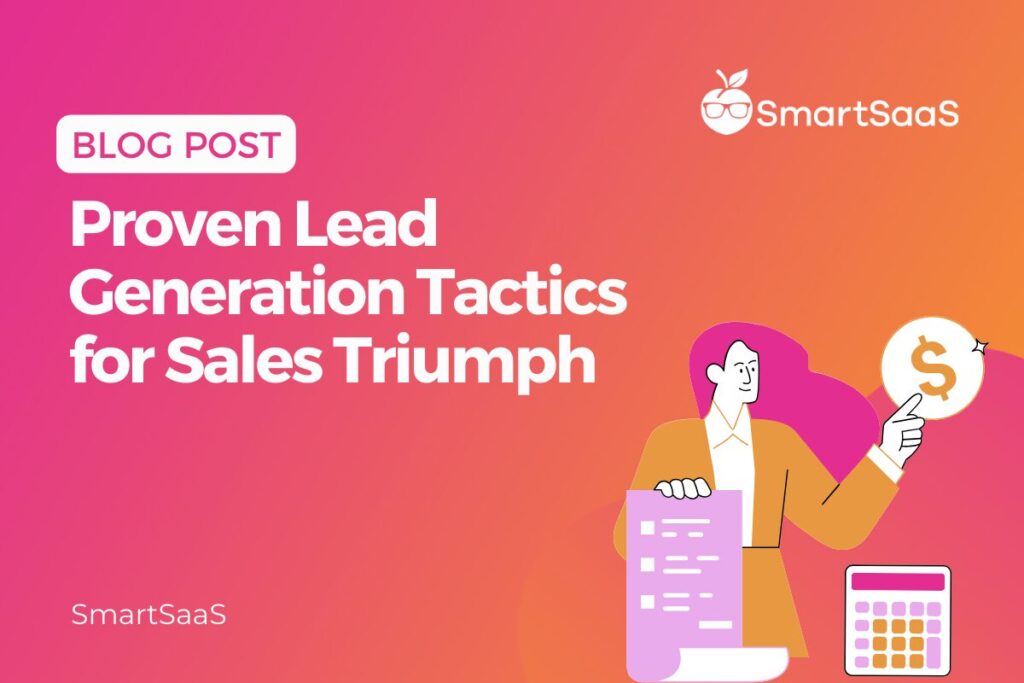
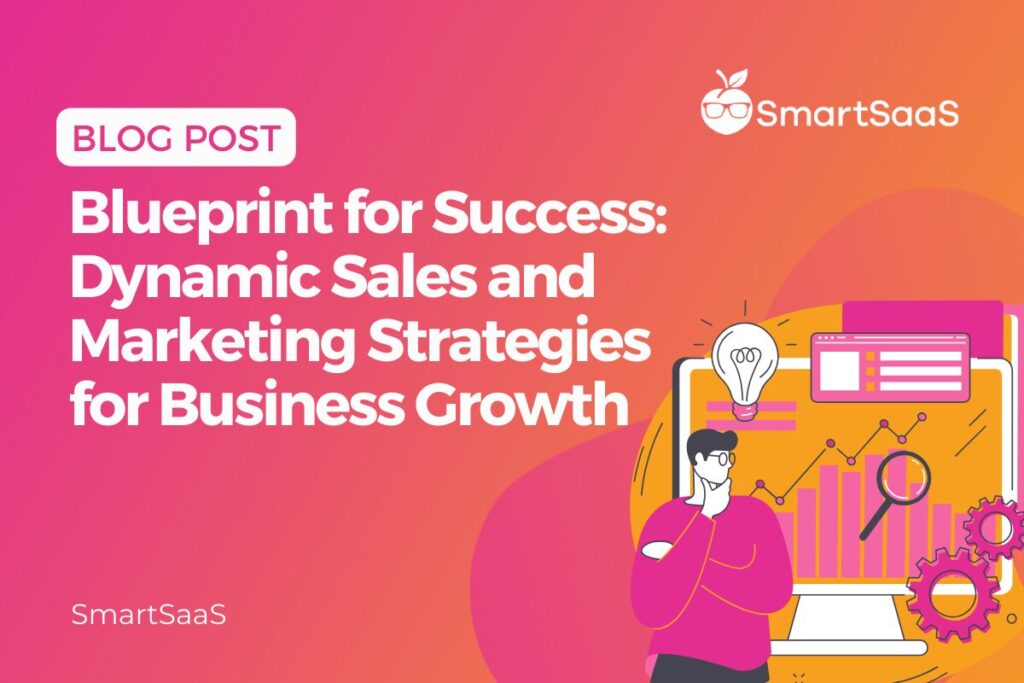
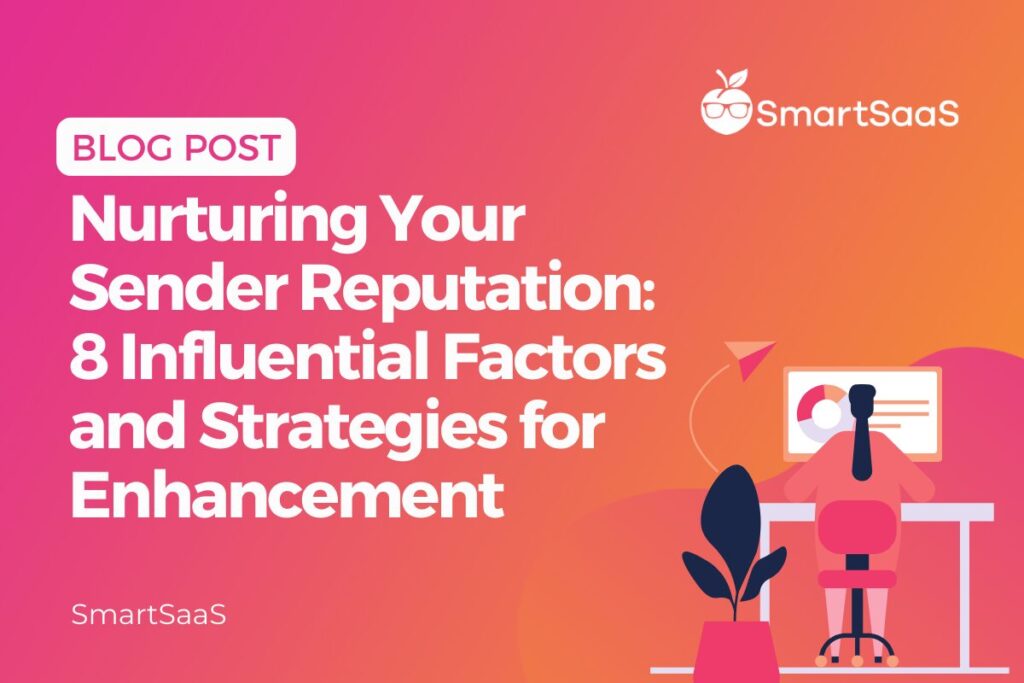
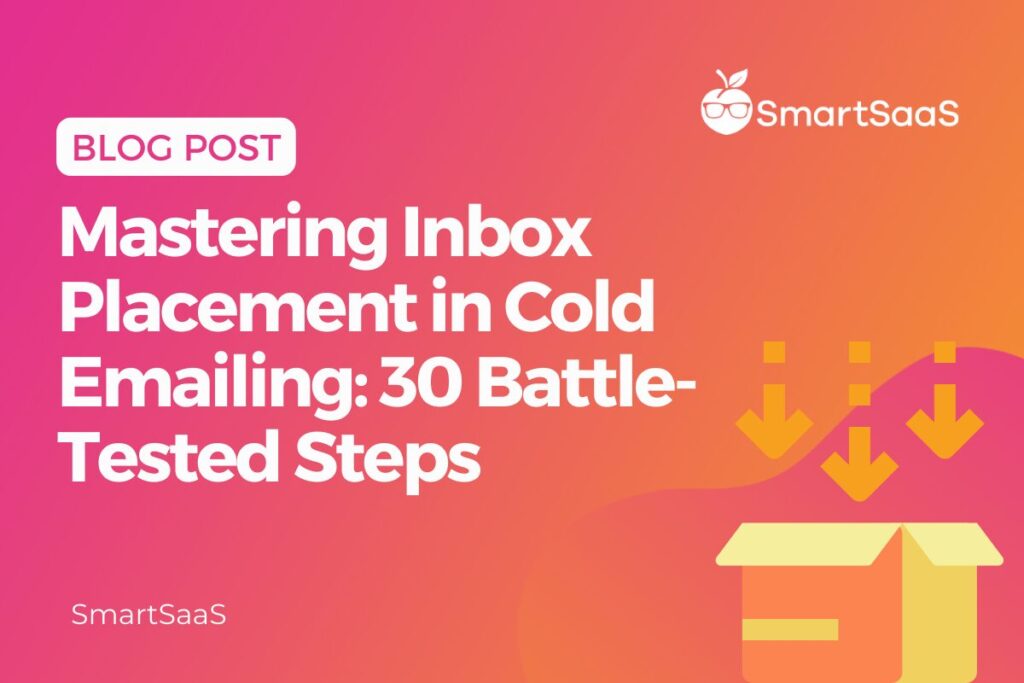
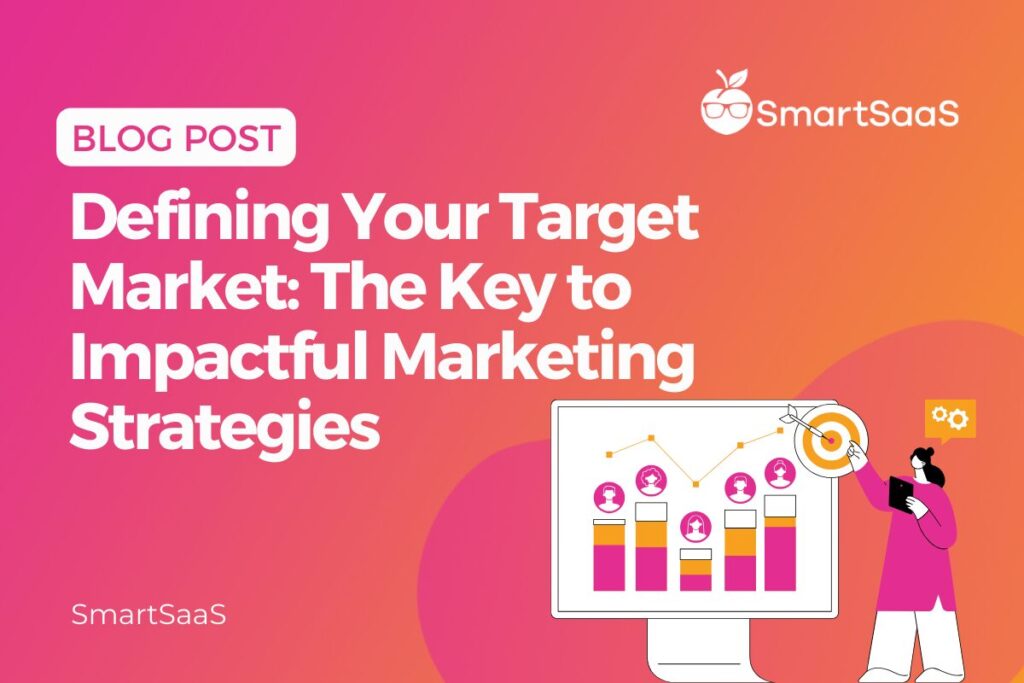
Responses